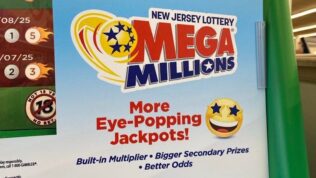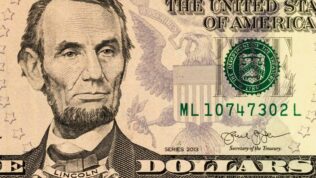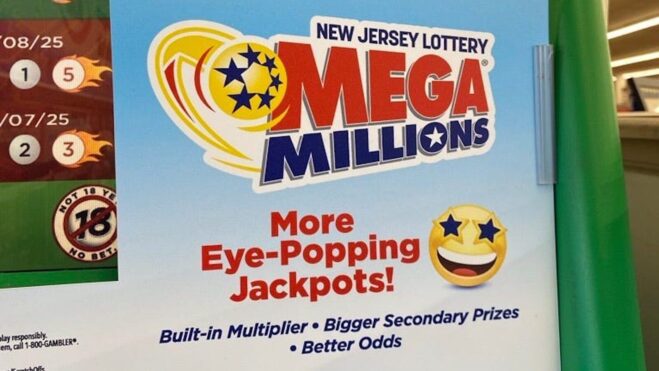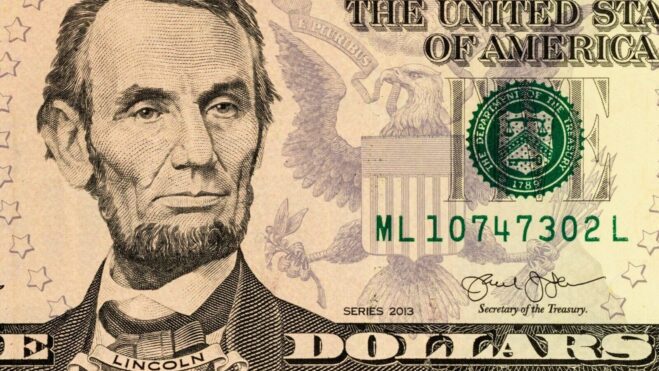Mega Millions’ $5 Ticket Gamble: Bigger Jackpots On The Horizon, But Will Players Bite?
Historical data suggests revenue surge despite fewer players, as MM aims for billion-dollar draws
2 min
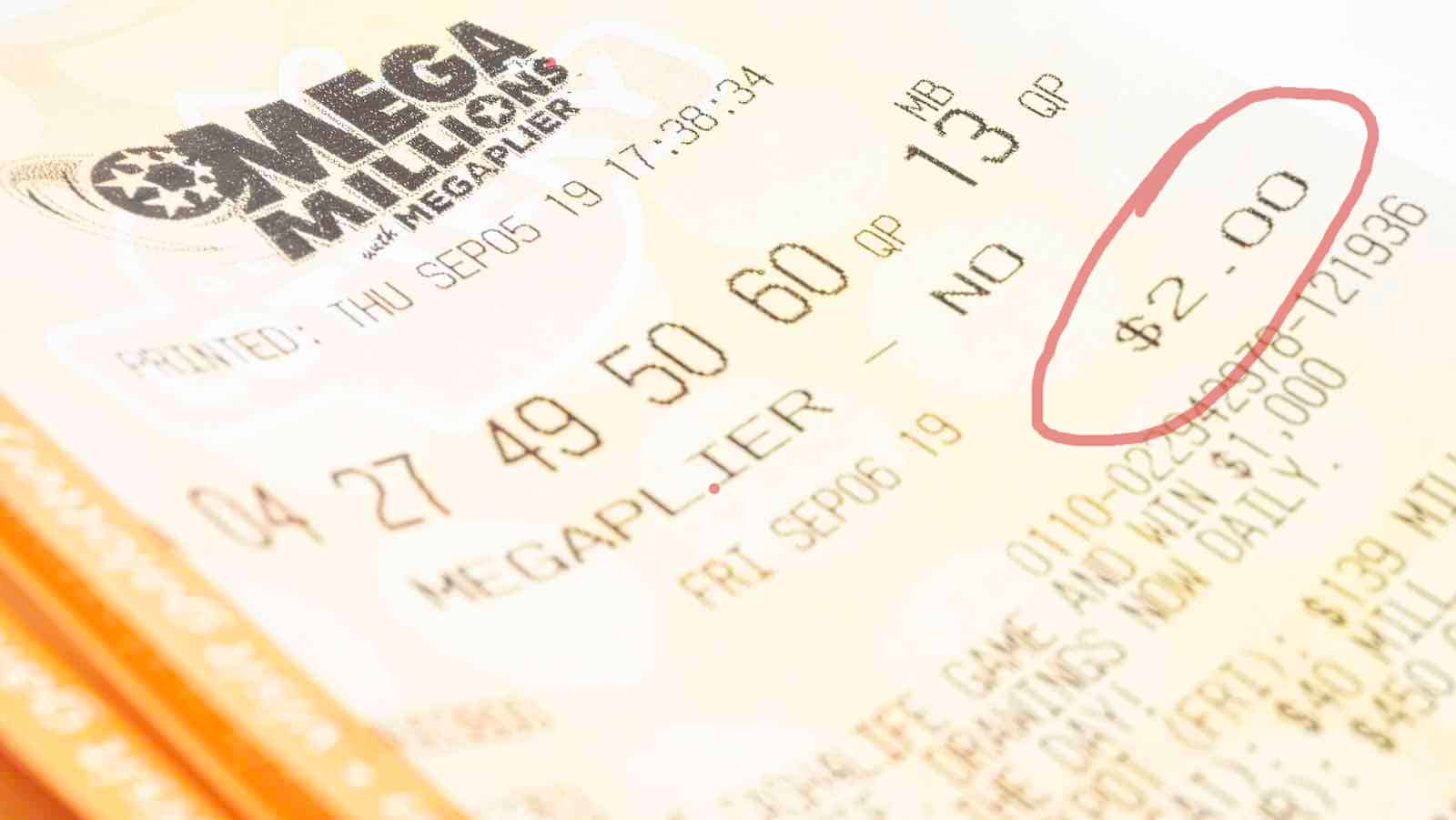
As long rumored and first reported by Lottery Geeks in April that a price increase was coming, Mega Millions is changing the game in 2025. The question is whether and to what extent players come along for the ride.
Currently, and exactly like Powerball, tickets for Mega Millions are $2 a pop. But come April of next year, Mega Millions tickets will go up to $5, coinciding with a number of gameplay and prizing modifications. This will have numerous downstream effects, most notably — for players — larger jackpots.
But the (quite literal) billion-dollar questions are these: Will fewer people play? Will more people play? What, in short, will happen?
We can certainly speculate, but it may be instructive to take a peek backward and see what happened to both Mega Millions and Powerball when the games underwent other financial changes.
Thankfully, there’s a place to peek those answers: A recent paper in the journal Applied Economics authored by Kathryn L. Combs and John A. Spry of the Department of Finance at the University of St. Thomas in St. Paul, Minnesota, looked into what happened previously.
And if prior changes to the lotteries are predictive, Mega Millions is about to go nuclear.
Back in 2012, Powerball increased the cost of the game from $1 to $2, and according to Combs and Spry, average sales revenue per drawing ballooned by 57%, from $27.7 million to $43.5 million.
In 2017, Mega Millions did the same, boosting its game to $2 as well. At that point, average sales revenue per drawing shot up by 94%, going up from $23.5 million to $45.7 million.
However, in both cases, while revenue went up, the actual number of ticket-buyers went down.
In Powerball’s case, by a little more than six million tickets for an average drawing. Mega Millions — perhaps benefiting from “second mover” status — saw its ticket sales only fall by a little less than 1.5 million tickets per drawing.
Mega Millions in 2025?
Based on the historical trends observed in this paper, we can likely expect a similar outcome. The $5 ticket price will likely lead to a decrease in sales compared to the current $2 price. However, this decrease will likely be offset by the significantly larger jackpots the new price structure will enable.
Of course, the Mega Millions braintrust is seeking ways to minimize the expected dip in ticket buyers, as they claim the odds to win will be lowered and there will be more billion-dollar jackpots.
Additionally, Mega Millions is doing away with the option to buy the “Megaplier,” instead having it as a core feature of the game. (A random multiplier — between 2x and 10x — will be added to non-jackpot prizes.)
The authors also note that jackpot size — quite obviously — went up with the price hikes. For Mega Millions, the average jackpot went from $59.6 million to $203.3 million.
Powerball saw a similar bounce, going from $72.9 million to $171.9 million.
While it’s too early to know for sure how Mega Millions jackpots will be different, it would certainly appear that there will be a significant number of billion-dollar prizes, and the record jackpot in America — a 2022 Powerball drawing that yielded a $2.04 billion jackpot — is probably in danger of being eclipsed sooner rather than later.



